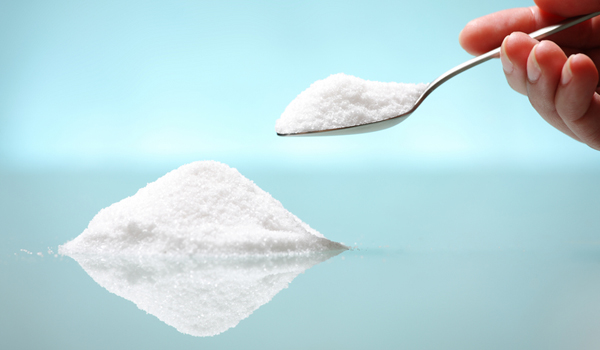Salt Levels in Fast Food Depend on Where You Buy It

An order of Chicken McNuggets in Europe might be slightly healthier than one in the United States, in terms of the salt content, a new study suggests.
Salt levels are 2.5 times higher in U.S. McNuggets, compared with those in the United Kingdom, the study found.
In fact, salt levels in fast foods from a number of chain restaurants varied widely depending on the country in which they were sold, the researchers say. In general, salt levels were higher in the United States and Canada than in the United Kingdom and France.
The findings suggest fast-food chains are able to lower the salt content in their food, and are not limited by the current technologies and processes in place, as they claim, the researchers say. "The technical issues are not there," said study researcher Dr. Norman Campbell, a professor in the department of medicine at the University of Calgary in Alberta, Canada. "They already have products that are low in salt," Campbell said.
But McDonald's spokesperson Danya Proud noted that the study used data from 2010, and said that since then, McDonald's has reduced salt levels in most of its chicken products sold in the United States by 10 percent. By 2015, the company will reduce salt levels in all products by 15 percent on average, Proud said.
Wide variation
Campbell and colleagues examined nutritional information from more than 2,000 fast-food items from six restaurants (Burger King, Domino's Pizza, Kentucky Fried Chicken, McDonald's, Pizza Hut and Subway) in six countries (Australia, Canada, France, New Zealand, the United Kingdom and the United States.)
Sign up for the Live Science daily newsletter now
Get the world’s most fascinating discoveries delivered straight to your inbox.
In general, chicken products sold at the fast-food chains had the highest salt content, and salad products had the lowest.
There was great variability in the salt content of similar products sold in different countries. For instance, McDonald's McNuggets sold in the United States had 1.6 grams of salt per 100-gram serving, while those sold in the United Kingdom had 0.6 grams of salt per 100-gram serving.
A Hawaiian pizza sold at Pizza Hut had 1.5 grams of salt per 100-gram serving in the United States compared with 1.1 grams of salt per 100-gram serving in the United Kingdom.
The reason for the variation in salt content of similar products in different countries could not be measured from the study's data, the researchers said. The variation appears to be arbitrary and not linked with people's taste preferences, Campbell said. For instance, although Americans tend to consume slightly more salt in their diets than Canadians, french fries sold in the United States had less than half the salt of Canadian french fries, Campbell said.
"We always look for ways to balance quality and nutrition with the local taste preferences of our customers around the world. Our recipes can vary by country because our markets work with local suppliers," said Becca Harvy, manager of global external communications for McDonald's.
Cutting down on salt
High salt intake is known to increase blood pressure, which is a risk factor for heart disease and stroke. On average, nine out of 10 people in the United States consumes too much salt, according to a recent report from the Centers for Disease Control and Prevention. If fast-food companies lowered the salt content of their food gradually — five to 10 percent per year — the decrease would not be noticed by people's taste buds, Campbell said.
The study relied on nutritional information provided by the fast-food companies, and it's possible this information is not entirely accurate, though several companies are known to use accredited laborites for their food testing, the researchers said.
The study is published today (April 16) in the Canadian Medical Association Journal.
Pass it on: Chicken McNuggets sold in the United States have a higher salt content than those sold in Europe.
This story was provided by MyHealthNewsDaily, a sister site to LiveScience. Follow MyHealthNewsDaily staff writer Rachael Rettner on Twitter @RachaelRettner. Find us on Facebook.

Rachael is a Live Science contributor, and was a former channel editor and senior writer for Live Science between 2010 and 2022. She has a master's degree in journalism from New York University's Science, Health and Environmental Reporting Program. She also holds a B.S. in molecular biology and an M.S. in biology from the University of California, San Diego. Her work has appeared in Scienceline, The Washington Post and Scientific American.










